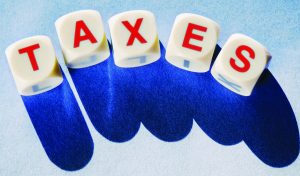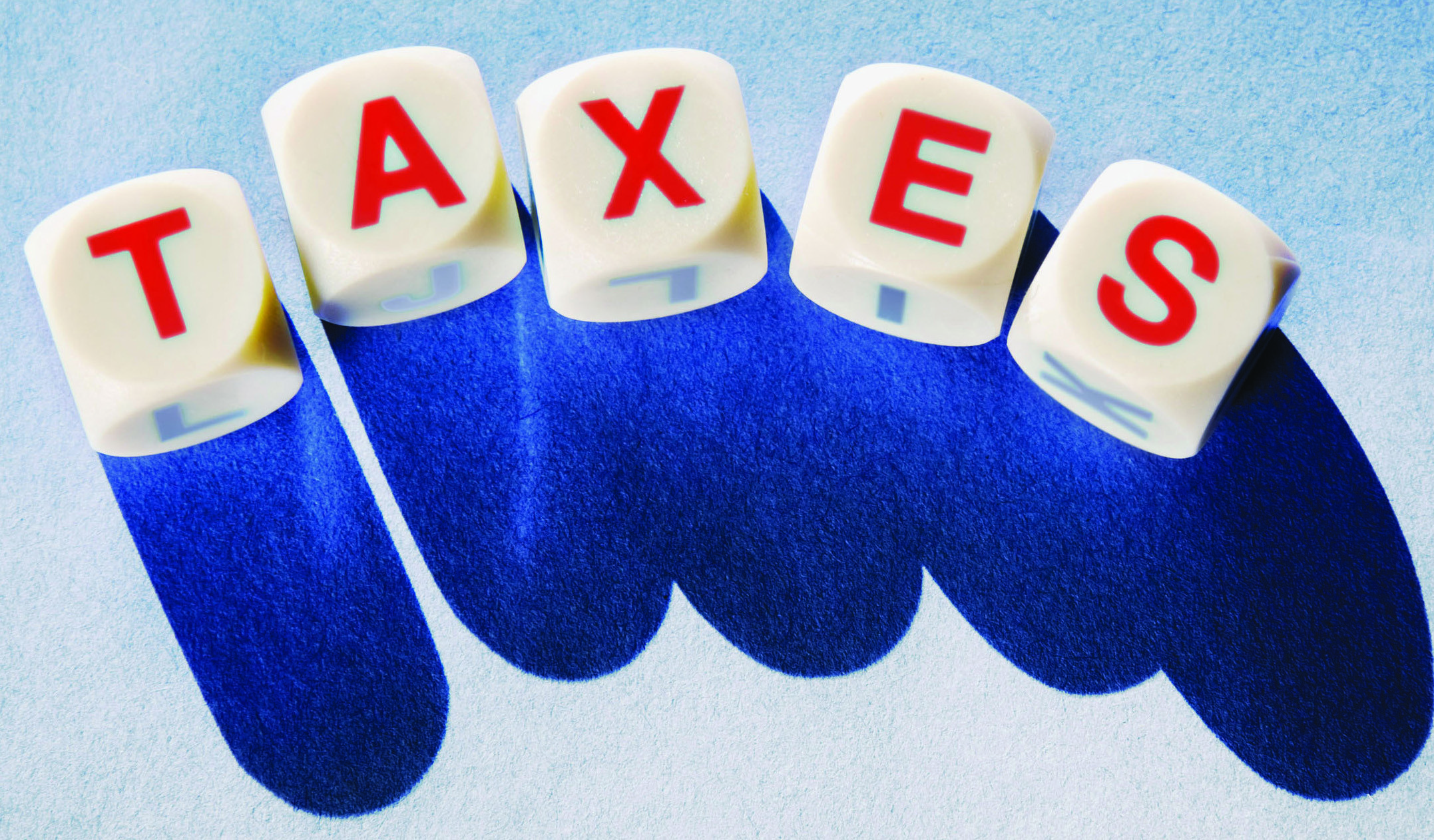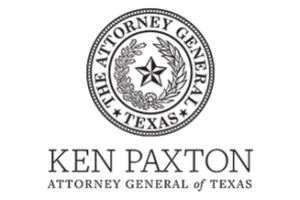Higher Property Tax Bills for Tarrant Taxpayers: School District
by Robert Montoya
With few exceptions, the average homeowners’ 2019 property tax bills from school districts in Tarrant County grew, even though Texas lawmakers passed reforms last year that allotted roughly half of the state’s surplus tax revenue to reducing school property taxes.

Now taxpayers face even greater financial hardship from the economic shutdown in response to the coronavirus.
For years, homeowners’ property tax bills have continued to grow, and roughly 60 percent of their total property tax bill is from school districts. In 2019, the Texas Legislature passed House Bill 3—which poured $5.1 billion of the over $10 billion tax revenue surplus into compressing independent school districts’ property tax rates.
Lawmakers claimed their school finance reform plan in House Bill 3 “lowers school property tax rates by an average of 8 cents in 2020 and 13 cents in 2021,” or an implied total of 21 cents over two years. However, according to the Texas Education Agency, this was inaccurate.
In 2019, only six school districts in Tarrant County showed a one-year growth of less than 3 percent in 2019.
Castleberry ISD’s board members approved the highest one-year growth at over 12 percent. This growth happened even though their property tax rate was compressed over $0.10 per $100 property valuation—from $1.3922 in 2018 to $1.29055 in 2019.
Year-to-year comparisons of tax rates are meaningless as the average taxable value of properties fluctuates every year. Castleberry’s rate wasn’t lowered enough to offset the over 21 percent increase in the average taxable value of single-family homes—from $83,401 in 2018 to $101,276 in 2019.
The no-new-revenue rate is the property tax rate that, in the aggregate, offsets increases in the taxable value of properties. If adopted, homeowners’ property tax bills would not, on average, significantly increase from the previous year.
Aledo ISD actually had a one-year decrease of 1.44 percent in their average homeowner’s property tax bill—$6,887 to $6,788—and Grapevine-Colleyville ISD had a decrease of 0.30 percent—$4,998 to $4,983.
When comparing homeowners’ average property tax bills from school districts in 2013 with those in 2019, all Tarrant school boards have approved growth of no less than 29 percent.
Castleberry ISD had the highest six-year growth of nearly 75 percent—$748 to $1,307—and also had the highest one-year growth of nearly 13 percent, up from 2018’s average of $1,161.
Azle ISD had the lowest six-year increase at over 29 percent—$1,666 to $2,157.
The TEA confirms there will be a tax rate cut in 2020, the amount of which will vary from district to district, but says it will be provided via a different mechanism—a 2.5 percent limit on the property tax revenue that a district can raise without voter approval. Regardless of what appraisal assumptions are used, this change cannot mathematically result in a tax rate cut of 13 additional cents.
At least 1.9 million Texans lost their jobs in 2020 as a result of government policies that shut down the Texas economy in response to the Chinese coronaviru













